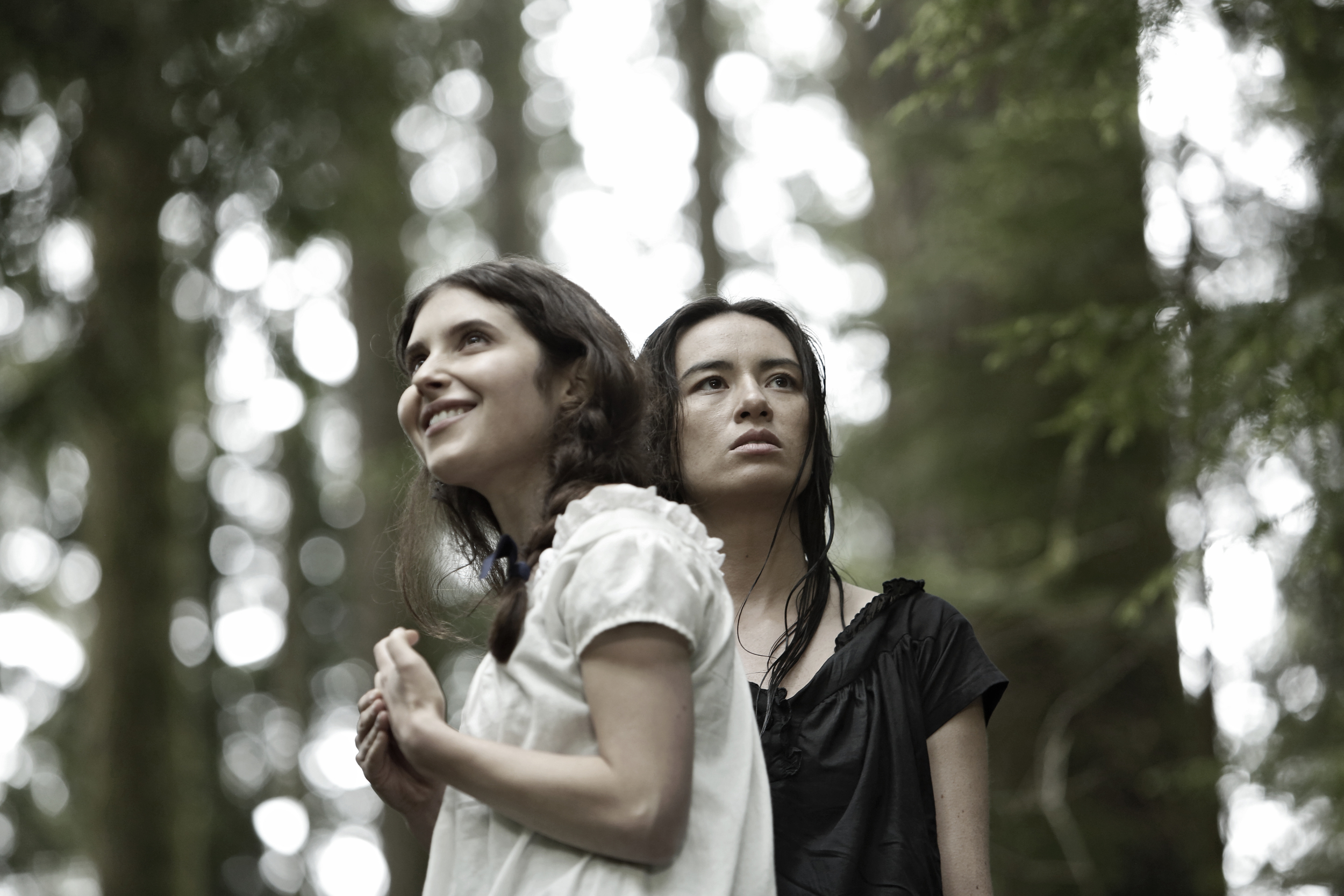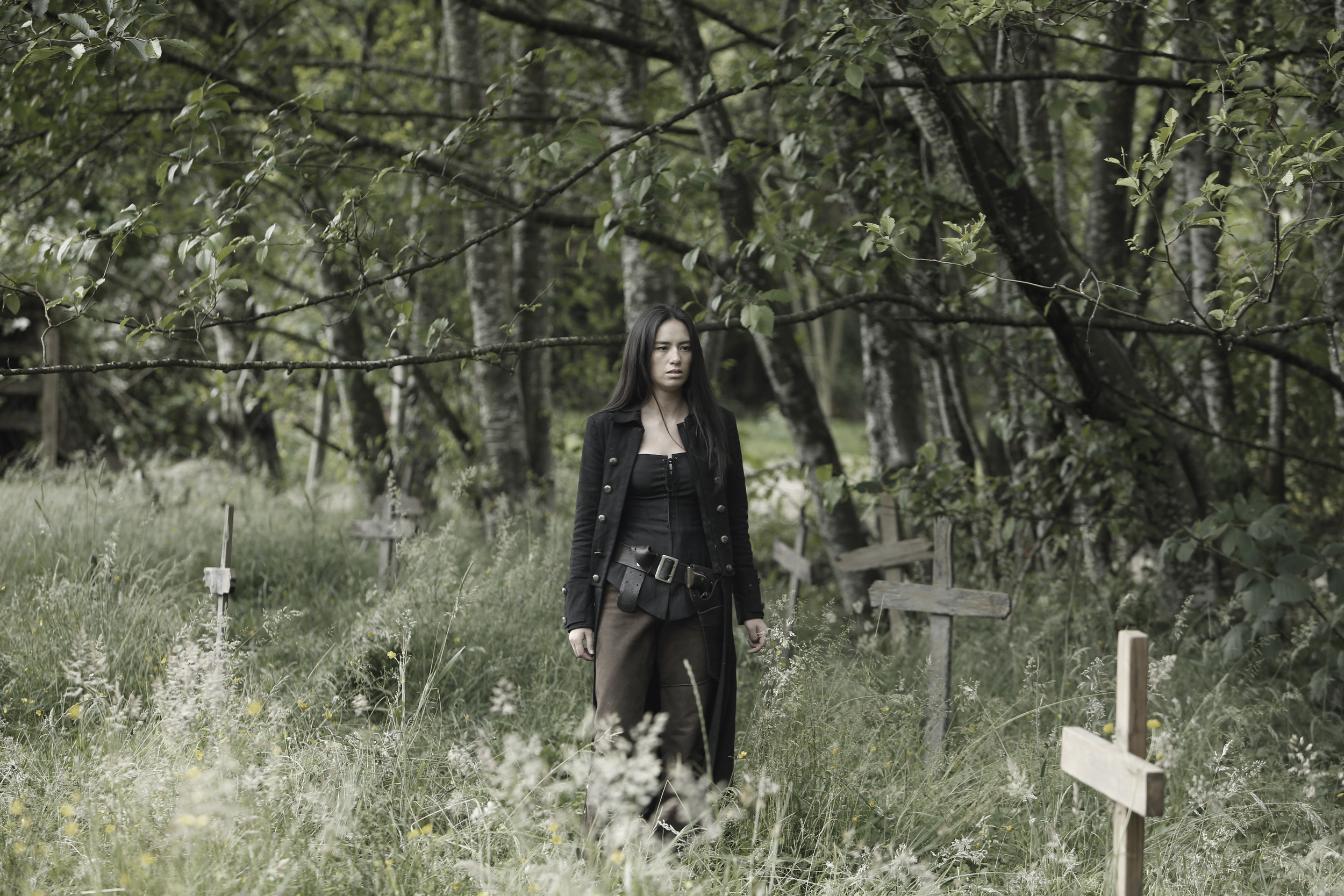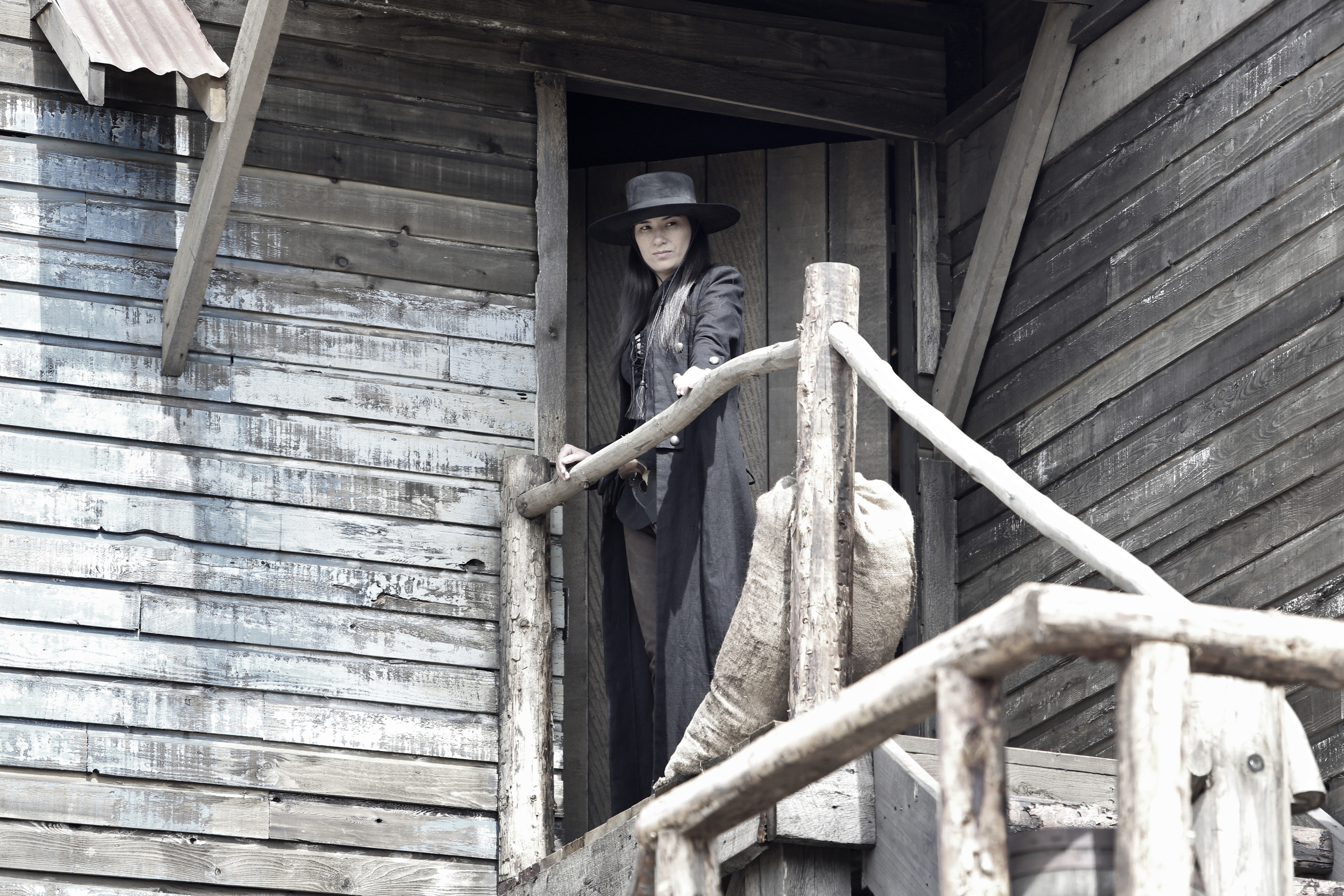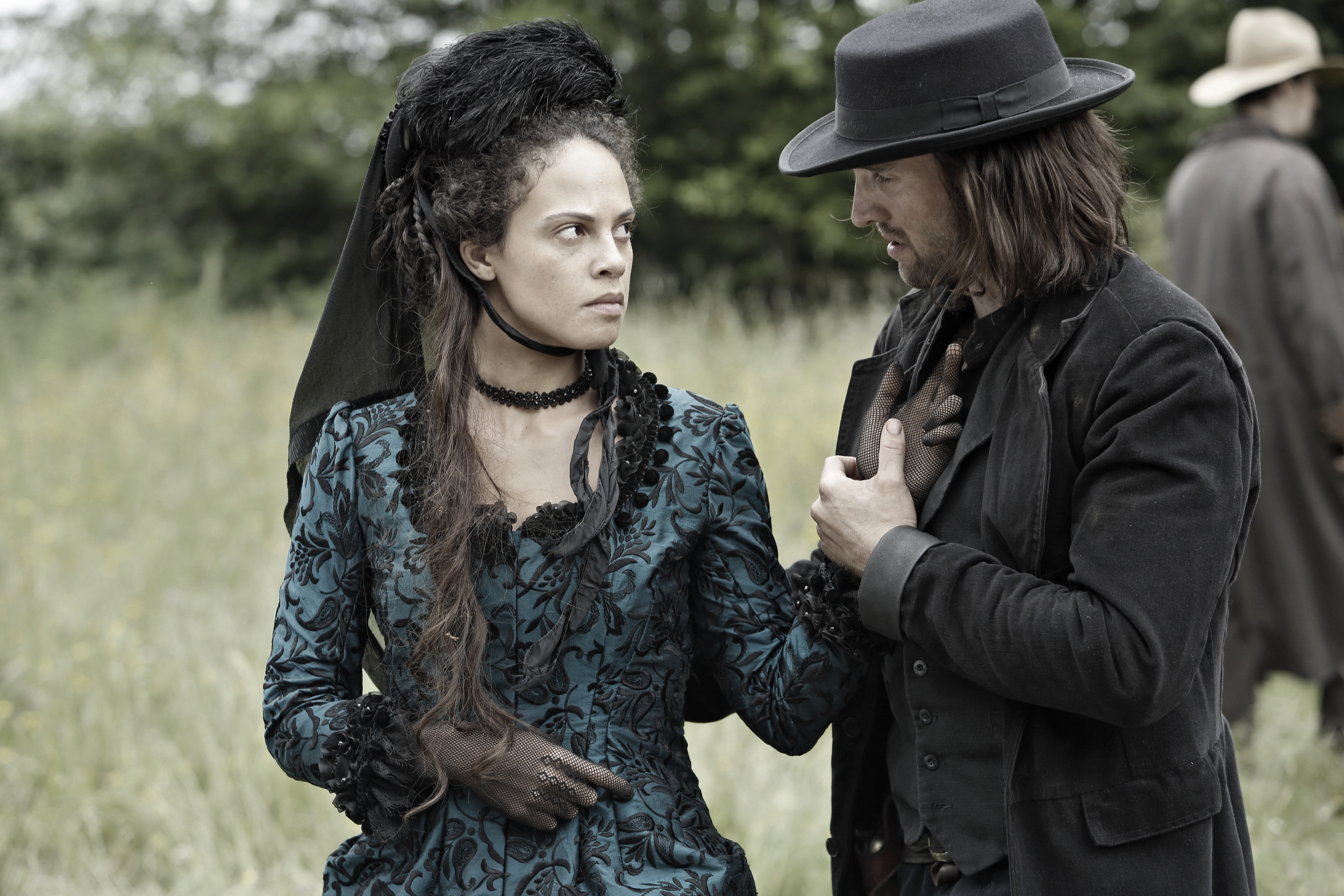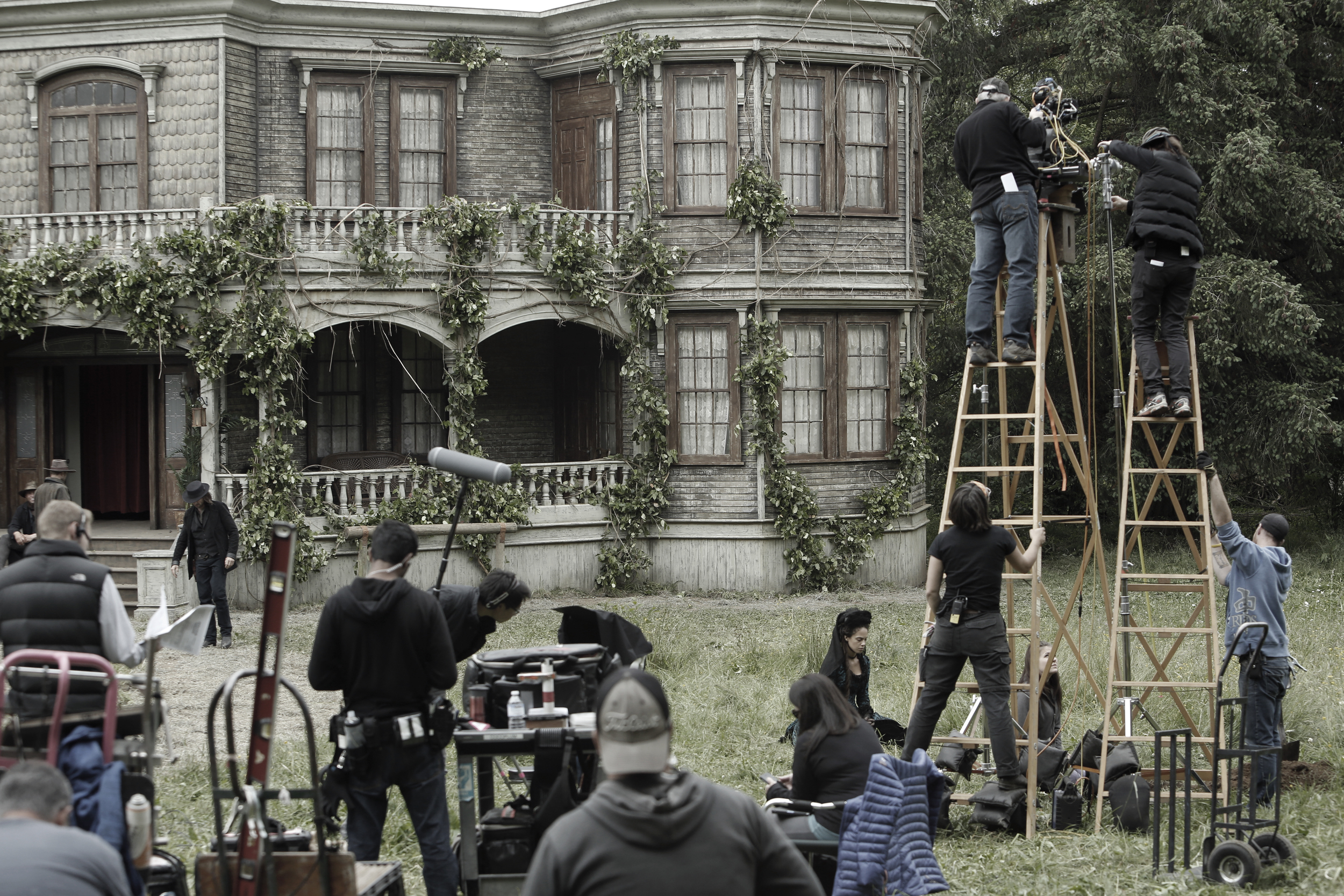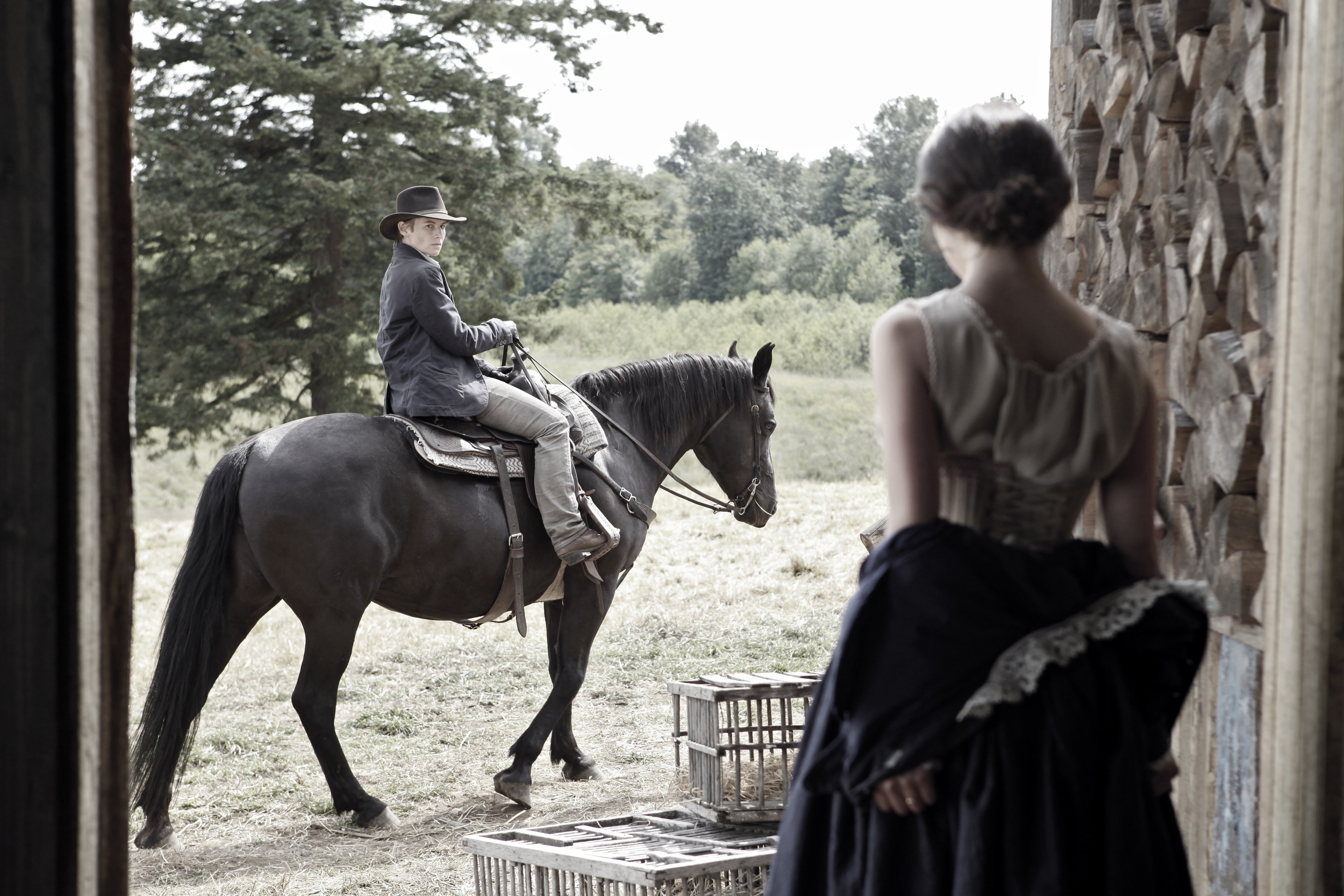As Seen on TV (For a Minute): The Strange Tale of Strange Empire
/Photographs by Bettina Strauss, © 2014 Janestown Productions/CBC
By Lucas Costello
Spoiler Alert: I give away important plot points but you should still watch this show. Besides, you are smart, and would have known as much anyway.
I love the idea of the CBC. Mr. Dressup was that chill uncle who raised kids across the country, oblivious to our parents worries about recessions and whether or not British Columbia would be a nuclear-free zone. Yet, despite the National Broadcaster’s apparent shift to diversify on-air talent in both its radio and television divisions, I’ve never seen myself in the CBC’s fiction (I’m more Finnegan than Casey).
Laurie Finstad-Knizhnik’s Strange Empire drastically changed that. Broadcast in the year Toronto voted for “not-Rob Ford,” Strange Empire stripped off the whitewash of the Colonial West and uncovered the stories the West has wanted us to forget. Strange Empire, although fiction, is closer to the truth of how this country came to be than every Heritage Minute combined.
Set in a non-existent Montana/pre-Alberta border town called “Janestown,” where cholera has recently reduced its population of women to one, Strange Empire focuses on the lives of three recently-arrived women meant to fill that void. There's Kat Loving (Cara Gee), a gunslinger, face smasher, bereaved parent, and possible widow and revenge seeker; Rebecca Blithely (Melissa Farman), sawbones, medical savant, former asylum patient, socially awkward, widowed; and Isabelle Slotter (Tattiawna Jones), a madam, bereaved parent and wife of John Slotter (Aaron Poole), a terrible human, pimp, and coal speculator. (Full disclosure: Strange Empire’s lead Cara Gee is a bud, which is also why I didn’t get anyone to download torrents for me).
These characters’ lives barrel into each other, mainly because of heinous actions committed by terrible human Slotter. Posing as a non existent “Indian” raiding party, Slotter and his cronies kill most of the men and at least one child travelling with Kat and Mrs. Blithely’s frontier caravan. The murders were committed in the hopes of repopulating Slotter`s Janestown bawdy house with the caravan’s surviving women, in order to keep the miners and potential mine investors happy.
That was just the first episode.
The show was filmed in Aldergrove, B.C., with the province’s mountain ranges penning in the characters in while the wreckage of the first episode intertwines like pick up sticks. Strange Empire evokes many uncomfortable questions about this country. For one: we might have wondered if Canada could have come to exist without a railway, but what about the low-wage foreign workers, labour unrest, destruction of indigenous communities and resource extraction that came with it? Every episode contains echoes of what has been lost and gained in the process of creating a nation.
Understandably, Gee was reluctant to discuss a series that no longer has a home. (Aside: Dear Netflix, producing a second season of this show this would be great to show your support for CanCon). Nonetheless, she took time to talk about a show that stood apart from anything in recent Canadian television memory.
Gee believes that what was exciting and innovative about the show was that it reframed the Western genre. “All of the people who were actually there,” she says, are often those “who we don’t get to see [in Westerns], and it wasn’t nostalgic at all.” She cites a massacre scene later in the series that involved hundreds of women and children. (It was based on a historical event you probably haven't heard of, theMarias Massacre, in which 200 Piegan Blackfeet were killed.)
“The worst worst worst part of shooting [that],” reflects Gee, “was the part in which one kid was like ‘Are you the hero, are you going to save us?’" She makes a keening/barf sound. "I couldn’t tell that story for a while...It was brutal.”
Such reframing of the period Western also presents viewers with the perspective of Kat, an indigenous character. That's still too-uncommon in this genre. “It would have felt apocalyptic for Kat,” Gee says about the period Strange Empire is set in. "We think of [traditional] Westerns as the new chapter! When it was really the end of someone else’s chapter.”
In the fictional Janestown, women, especially racialized women, are under constant threat of male violence—except that the women of Janestown have big guns, big knives, poisons and cunning. Perhaps this is why Strange Empire was cancelled last March, just as it was beginning to develop its content redistributors and refurbishers. The Hallmark Channel series When the Heart Calls (directed by Michael Landon Jr.!) was licensed two months later
Public funding for Canadian art is constantly under threat, whether because someone was offended by a band name or a dancer’s career, or because the guy trying to be re-elected Prime Minister believes that “ordinary people” don’t care about the arts. So many people are glad that this show was even made in the first place, including me. At least we know now what’s been missing from the CBC’s dramatic programming for years: ourselves.
Unlike too many other easily digestible CBC series before it, Strange Empire is not a show that showed (white?) Canada that other people (sometimes not white?) just want to be like you (them?). Its characters are unapologetic, ferocious and untethered from the myth that our history is one of gentlemanly agreements. Strange Empire is a show that stares back at its viewers, reminding us that other stories, from other chapters, are ready to come bleeding into the main narrative.
Strange Empire is now available on Netflix, go watch it and tell all your friends to watch it so that another season can be made.


